Rolling Soybeans
Some growers roll soybeans, but should you consider it? This practice started in western Minnesota and the Dakotas. Growers would roll fields after planting to push rocks and stones back into the ground and level out the field. It made harvesting and hitting higher yields easier because the heads could be run close to the surface and cut more pods. But over the years this practice has morphed into rolling beans a bit later, after emergence, to increase branching and pod set. On a soybean plant, the growing point is at the top of the plant. This growing point [...]
No-Till Soybean Production Tips
A lot of soybeans are no-till in the U.S. and across the Corn Belt. However, in regions with flat, black dirt some growers are still utilizing conventional tillage to warm and dry the soil more quickly in the spring, before planting soybeans. Could these growers practice no-till on those soybean fields? Probably. But to do that will require tighter management and full utilization of the tools available to make it work—which is true for all no-till situations. Agronomist Ed Winkle wrote a booklet, “Growing High Yield No-Till Soybeans,” and summarized his tips for successful no-tilling. The booklet was published [...]
Nominate a CCA for the Soybean Master Adviser Award
Do you know an experienced Certified Crop Adviser (CCA) who has a passion for soybean management? Nominate him or her for the annual Soybean Master Adviser award, presented by the Illinois Soybean Association (ISA) checkoff program. The award is part of ISA’s effort to recognize CCAs for their contribution to soybean production in Illinois. This is the second year the award has been given. CCA Kris Ehlers with Ehler Bros. was the first recipient. Interested Illinois CCAs whose certification is active, and involved in soybean management can be nominated. The award will be presented to the winning CCA at [...]
SCN Egg Counts Surprisingly High
SCN egg counts were surprisingly high in a Southern Illinois survey. The Illinois Soybean checkoff is funding an SCN (Soybean Cyst Nematode) study to look at the impact of wheat straw on SCN populations and an initial screening survey reported higher than anticipated eggs counts. Data from a University of Kentucky study in the early 1990s indicated that no-tilling soybeans into wheat stubble where straw remained intact on the surface reduced egg count and suppressed egg production in the next double cropped soybean crop. If these findings are true and repeatable adding wheat to the rotation before planting soybeans [...]
Successful Double Crop Soybean Programs Start With Selecting the Right Genetics
Successful double crop soybean programs start with selecting the right wheat genetics. Double cropping soybeans after wheat is a common rotation in Southern Illinois. Growers have the opportunity to maximize yield on both crops by paying attention to variety characteristics, planting date and endeavoring to plant both crops earlier. Maturity matters: The ideal double crop wheat / soybean rotation starts with a high yielding, early maturing wheat variety. This allows double crop soybeans to hit the sweet spot planting period for increased soybean yield potential. Both Limagrain Cereal Seeds (LCS) and other wheat seed companies have breeding programs developing [...]
Nitrogen on Soybeans: Here is What We Know
Soybeans require nitrogen and lots of it because it’s a protein crop, and proteins contain 16% nitrogen. For decades we have relied on the soybean plant’s ability as a legume to fix its own nitrogen. And it can fix much of its own nitrogen, with the rest supplied by the soil. But as soybean yields ratchet up towards the 70- to 80-bushel range in whole fields, nitrogen will become increasingly limiting. The challenge to making a nitrogen recommendation is knowing when yields are going to be high and how much nitrogen the soil and plant can provide. There are [...]
2017 Soybeans: The Good, The Bad and The Ugly
Every season brings new challenges and opportunities, and the 2017 soybean season certainly had its share. Compared to our surrounding soybean-producing states, Illinois soybean harvest is definitely ahead of schedule and even ahead of last year’s harvest timeframe and average. It seems like several growers are harvesting their early planted soybeans first. Or some are harvesting their driest corn, switching to beans, and then finishing up harvest with the remaining corn crop. The chart below shows the harvest progress for soybeans for Illinois, surrounding states and the full soybean crop. During harvest, it’s important to reflect on the past [...]
Webinar: Why Soil Sampling Is Important For High Yielding Soybeans
Terry Wyciskalla, with Wyciskalla Consulting, LLC, describes how to collect a soil sample, identify spatial patterns to follow, the range of tests to consider, and interpret soil testing results. Key Takeaways: Objectives of soil testing Estimate the nutrient status of the soil Make appropriate recommendations for fertilizer and lime applications by identifying variability in nutrient status of the sampled area Predict the likelihood of crop response to applying additional nutrients Soil sampling A good soil sample is the first step in a successful nutrient management program Base sampling intensity on expected field variability The greatest potential for error in [...]
Understanding Yield Gaps to Improve Yield and Profitability
Understanding the yield gaps in soybeans is one of the first steps in improving yield and profitability. Everyone wants to know what is causing gaps in yield. Why do everyday growers like Kip Cullers and Randy Dowdy produce 160- and 170-bushel soybeans? Why do Illinois producers Dan Arkels and Robert and Jason Lakey break 100-bushel soybeans and join the ever-growing team of growers who have broken the 100-bushels ceiling? It wasn’t that long ago that we were happy to hit 60- or 70-bushel yields. Now we want 70 and 80 bushels. Maybe in 5 or 10 years that will [...]
My Test Results – Ultra-Early Vs Early Planted Soybeans
Ultra-early planting can work but there are risks How early can soybeans be planted and have a yield advantage? Even with a yield advantage there is quite a bit of risk, or so it seems, to planting soybeans early. However, with new technologies on the market by way of seed treatments and varieties built to tolerate earlier planting, the risk of planting soybeans early is getting smaller every year. I began planting soybeans in March, and this time I could harvest them and get yield results. But let’s not start at the end with the results but rather how [...]

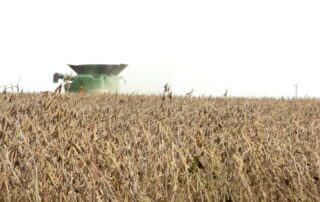
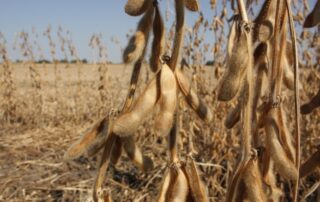
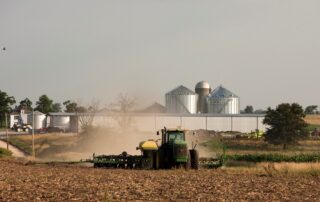
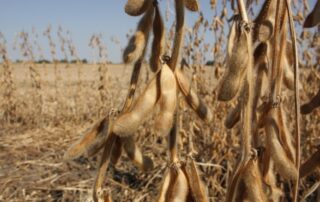
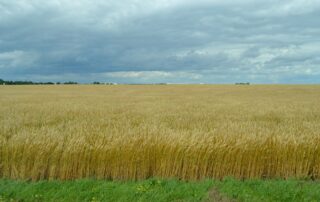
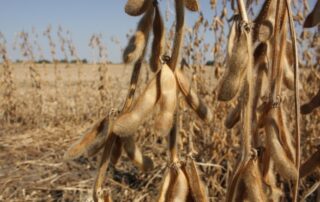
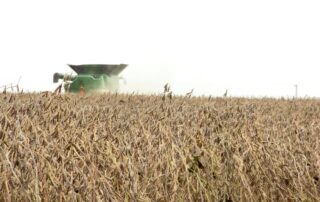
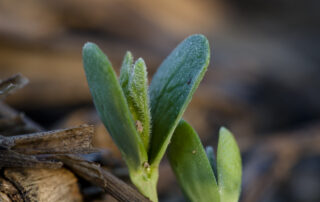
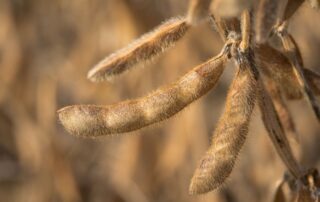
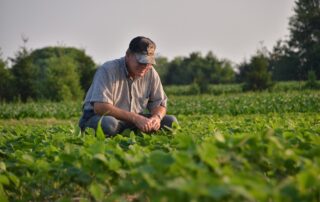



 and then
and then